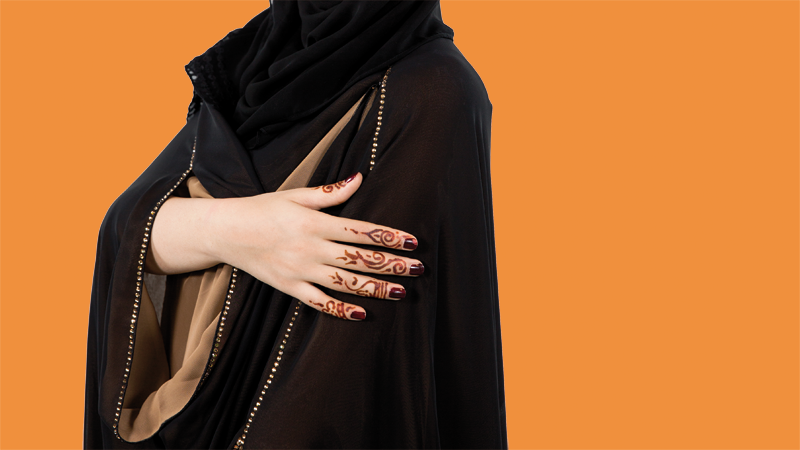

Maritess and Divya were always fascinated by the henna tattoos many Omani women get whenever there is a special occasion. Now that Eid al Adha is almost here, they began to notice that many of these girls head out to salons and beauty shops to get their skin printed with intricate decorations.
“I grew up in a very conservative Christian family in a liberated country. Although it was natural for us to see men with tattoos, many women tend to stir away from blemishing their skins,” Maritess who works in the hospitality sector and a Philippine national shared.

“But I’m fascinated about this Omani practise. They [the tattoos] are very intricate and it seems like no two designs are alike,” she said.
Divya, an Indian working in the same industry, also shared that “it fascinates me cause this is one of the traditions I think women in India and Oman shared.”
“The level of intricacy and the artistry required, I can see that from many women from my country. It makes you feel connected to the Omani culture somehow,” she shared.
Oman has a vivid history of beauty traditions and rituals, from early forms of cosmetics to aromatic perfumes and essential oils. Perhaps the most well-known beauty ritual is the intricate body art created with henna, which plays an important role in the lives of many women not just in Oman, but in different Arab and Asian countries.
Henna is an art, favored greatly by women and little girls everywhere in the Sultanate and the Arab region and is traditionally used for celebrations (Eids, weddings, and other parties). Every culture and region of the world uses henna tattoos in their own unique way.
In some cultures, applying henna on the bride symbolises joy, beauty, spiritual awakening and offering, while in others henna is applied to bring prosperity and chase away evil.
Depending on where you get henna tattoos, they will look different. Indian tattoos feature fine lines and floral patterns, while Arabic henna designs tend to be larger in scale and African henna patterns are more bold and geometric.
In cultures and religions where tattoo is allowed, getting a henna tattoo is preferred by many girls over a traditional tattoo because it is not painful, there is less chance of adverse reactions, and it is not permanent. Being temporary is appealing to many people because it allows them to change designs.
However, applying henna requires skill, time and an artistry because it is a bit difficult to paint fine lines, drawings, and flowers.
Not many women can apply henna so before Eids and other celebrations, henna appliers get many orders and sometimes have to turn away customers because they are unable to cope up with the demand.
Sameera says that she doesn’t accept more than five girls a day. “It is very exhausting to sit the whole day to apply henna. Sometimes, I get muscle strain and I can’t lift or use my hand for many days after. That is why I stopped taking lots of orders,”
she shared.
“The two days before Eid is very tiring for henna appliers, but it is a good business, especially that this is a talent that not many girls acquire,” she added.
The prices differ according to the skill and reputation of the salon. Some charge 12 riyals for both hands and some charge even less. Upon applying henna on legs, the price goes higher of course. In the interiors, the prices are lesser.
While those wanting a traditional look should opt for the easily available red henna, fashion-forward are dipping into white henna to decorate their skin for major events. The lighter ink pops against a tan, but keep in mind it won’t last as long as the darker dye (the formula is closer to body paint).
Oman Observer is now on the WhatsApp channel. Click here



